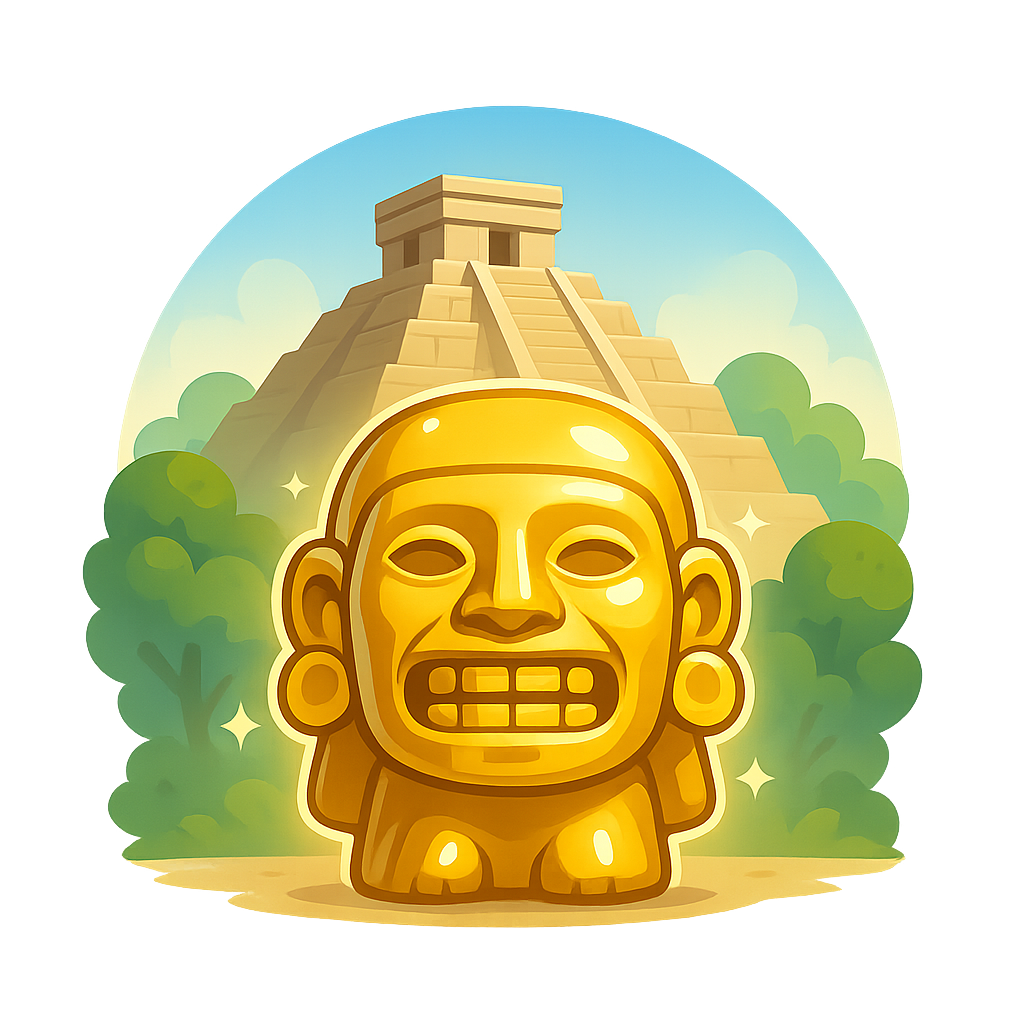The Legend of El Dorado
My name is Itza, and my voice echoes from a time long before invaders crossed the great sea. I live high in the Andes Mountains, where the air is crisp and the sky feels close enough to touch. Here, among my people, the Muisca, we do not value gold for its power to buy things, but for its sacred connection to the sun god, Sué. For us, gold is the tears of the sun, solidified light that allows us to communicate with the divine. Our rituals are whispers to the gods, but one of them was overheard and twisted into a feverish dream for outsiders. This is the true story of El Dorado. It is not a tale of a lost city paved with gold, but something far more personal and profound. It is a story of leadership, faith, and the deep bond between my people and the world around us. Before the search for treasure began, there was a ceremony of renewal, a promise made to the gods in the shimmering reflection of a sacred lake. The world remembers a legend of greed, but I remember a ritual of humility.
Our story begins not with a city, but with a person—our new chief, the Zipa. When a new leader was chosen, he had to undertake a profound journey to prove his spirit was not tied to earthly possessions. He had to make a sacred offering in the heart of our world: Lake Guatavita, a perfectly round crater lake that we believe is a portal to the spirit world. On the day of the ceremony, the air hums with anticipation. The entire community gathers, their faces painted and their hearts full of hope for a wise and just ruler. The new chief’s body is covered in sticky tree sap and then coated entirely with fine gold dust. He gleams, transformed into a living statue, a reflection of Sué himself. In that moment, he becomes 'El Dorado'—the Gilded Man. He is then led onto a raft made of reeds, piled high with our most sacred treasures: golden figures called 'tunjos' that represent our people and our prayers, and brilliant green emeralds, which are the tears of the earth. As the raft is paddled to the center of the deep, silent lake, my people gather on the shore, lighting bonfires whose smoke carries our prayers to the heavens. A great silence falls over the crowd. At the very center, the Gilded Man raises his arms to the sky, a golden link between the earth and the heavens. Then, he dives into the cold, pure water, washing the gold from his body as his first offering to the gods. This act symbolizes his detachment from material wealth. Following his lead, the other treasures are cast into the depths, not as a show of riches, but as a promise to rule with wisdom and a plea for balance between the heavens, the earth, and the water. This was our most sacred act of renewal, a leader's promise to serve his people and the gods, not his own desires.
This sacred tradition continued peacefully for generations, a private promise between the Muisca and our deities. But in the 16th century, Spanish conquistadors arrived in our lands. They saw our gold, but they did not understand its meaning. To them, it was not a spiritual conduit; it was currency, power, and the object of a burning, insatiable desire. When they heard tales from neighboring tribes of a man covered in gold, their imaginations ran wild with avarice. The story of a Gilded Man, a ritual of spiritual sacrifice, became the legend of a golden city. A sacred ceremony was twisted into a treasure map. For centuries, explorers like Gonzalo Jiménez de Quesada and Sir Walter Raleigh hacked through impenetrable jungles and crossed treacherous mountains, driven by an obsessive greed for a city that never existed. They enslaved and destroyed communities, interrogating anyone who might have a clue, but their questions made no sense to us. They were looking for a place, but El Dorado was never a place. It was a person, a ceremony, a sacred promise. Their long, often tragic search for treasure only destroyed lives and landscapes, a sad and violent misunderstanding of our most deeply held beliefs.
The search for the golden city eventually faded, as no explorer ever found what they were looking for. Today, the legend of El Dorado lives on, but its meaning has changed again. It is no longer just a story of greed, but a story of mystery, adventure, and the enduring power of myth. It inspires movies, books, and video games, sparking the imagination of people all over the world. But I hope that when you hear the name 'El Dorado,' you remember its true origin. The real treasure of my people was never the gold we offered, but the culture and spiritual connection we had with our world. El Dorado teaches us that some treasures cannot be held in your hand or locked in a chest. They are the stories we tell, the history we protect, and the unending human quest for something wondrous, just beyond the edge of the map.
Reading Comprehension Questions
Click to see answer
